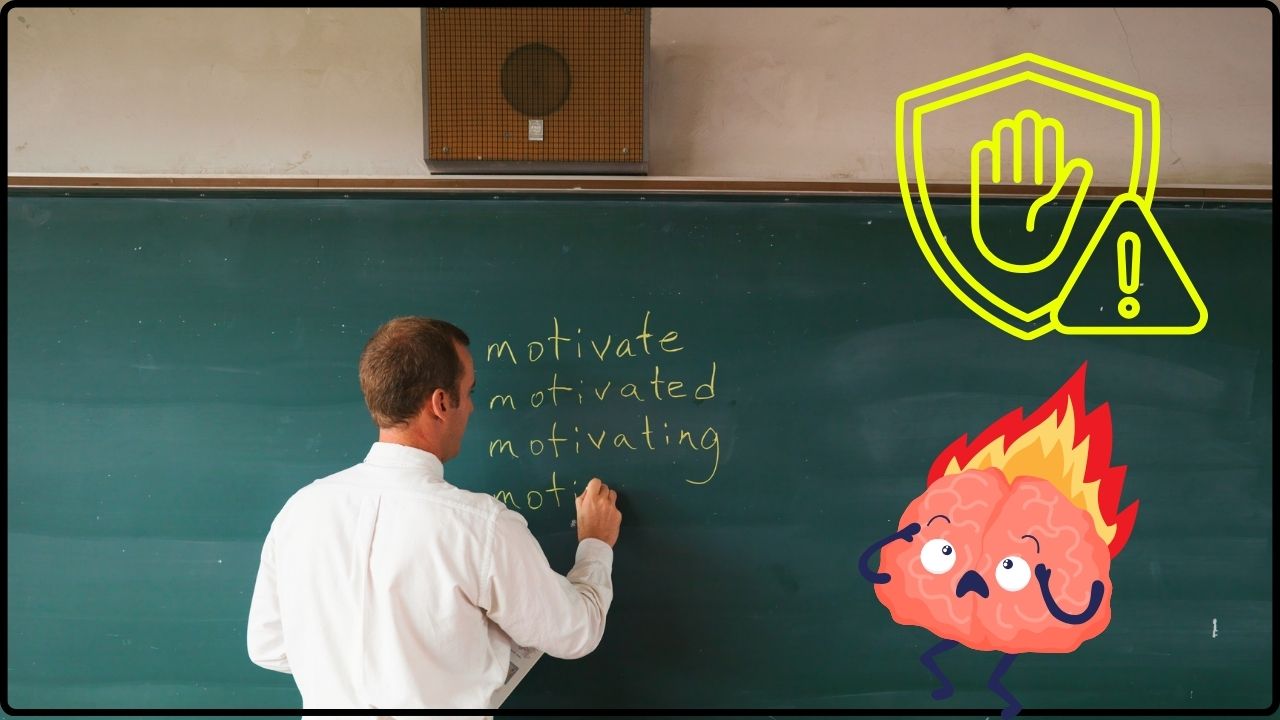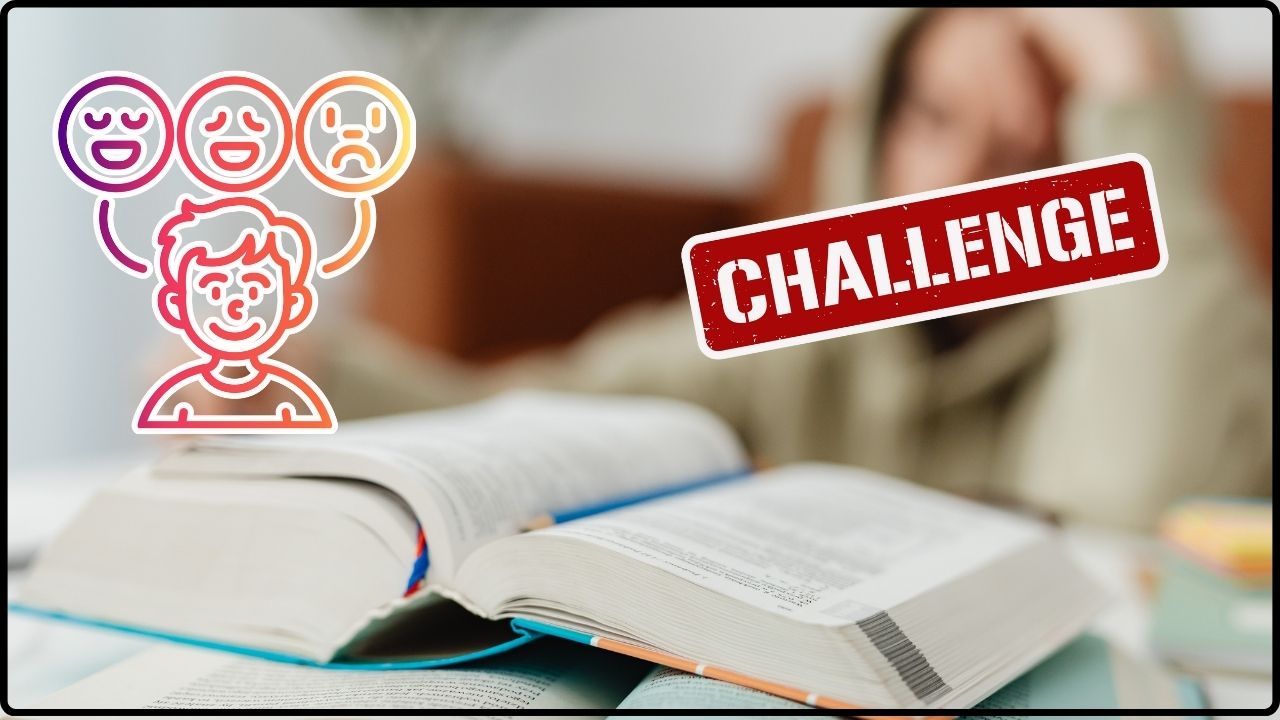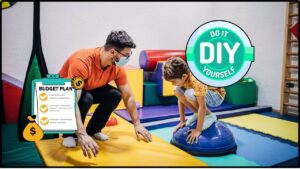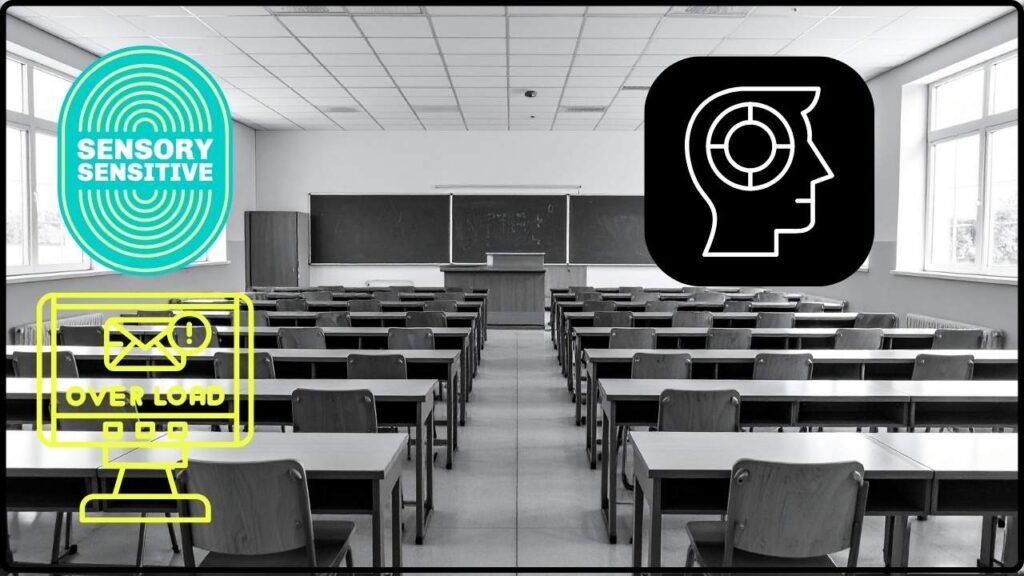
Sensory Overload: If you’re a teacher, parent, or school professional in the U.S., chances are you’ve seen a kid in class who gets overwhelmed by everyday classroom sounds, sights, and touches. That’s sensory overload—a common challenge for many kids, especially those with sensory processing differences or disorders (SPD). And trust, it’s not just a small issue. It affects roughly 5-16% of school-aged kids in the U.S., meaning in a class of 20, at least one or two students may be struggling quietly with sensory overload. This article breaks down simple, practical classroom strategies to help these hypersensitive students thrive—and it’s all explained in a straightforward way, so even a 10-year-old could get it while still being a goldmine for educators and pros aiming to boost inclusion and learning outcomes.
Table of Contents
Sensory Overload
Sensory overload is a real and significant challenge for many students, but with knowledge and quick classroom fixes, it’s totally manageable. Creating calming spaces, using noise reduction methods, scheduling sensory breaks, and fostering predictable environments transform classrooms into inclusive spaces where all learners can succeed. Remember, even small, thoughtful adjustments make a big difference in students’ lives—and help build a positive learning vibe for everyone.
| Topic | Details |
|---|---|
| Prevalence | 5-16% of U.S. school kids struggle with sensory processing issues |
| Common Triggers | Loud noises, bright/flickering lights, crowded spaces, tactile contact |
| Quick Fixes | Calming corners, noise-cancelling headphones, sensory breaks, visual schedules |
| Classroom Design | Flexible seating, dim lighting, reduced visual clutter |
| Self-Regulation Tools | Breathing exercises, grounding techniques, discreet fidget tools |
What Is Sensory Overload?
Sensory overload happens when one or more senses get bombarded with too much info at once—like too much noise, bright lights, or even unwanted touch. Imagine trying to focus on your homework with a buzzer going off, someone tapping your desk, and bright fluorescent lights flickering above. For some kids, this isn’t just annoying, it’s painful and makes focusing nearly impossible.
Kids with SPD or autism often feel sensory overload more intensely, but honestly, anyone can get overwhelmed in a noisy, chaotic classroom. When sensory input feels too much to handle, the child might shut down, become irritable, or act out in ways that seem disruptive but are really cries for help—signaling their nervous system is at max capacity.
Why Sensory Overload Matters in Schools?
Classrooms can be sensory minefields with constant noise, movement, and changes. Research shows that sensory processing issues can seriously impact kids’ ability to learn, behave, and socialize. About 1 in 6 children report sensory sensitivities that interfere with daily school life. Without proper support, these kids might struggle academically and socially, sometimes being misunderstood as defiant or inattentive.
Creating a sensory-friendly classroom isn’t just nice—it’s necessary for making schools truly inclusive. Plus, these strategies often help all students feel more calm and focused.
It’s important to understand that sensory overload isn’t laziness, poor behavior, or lack of effort. It’s a neurological response. When you recognize this, it shifts your perspective from punishment to support, a crucial mindset for educators and caregivers.
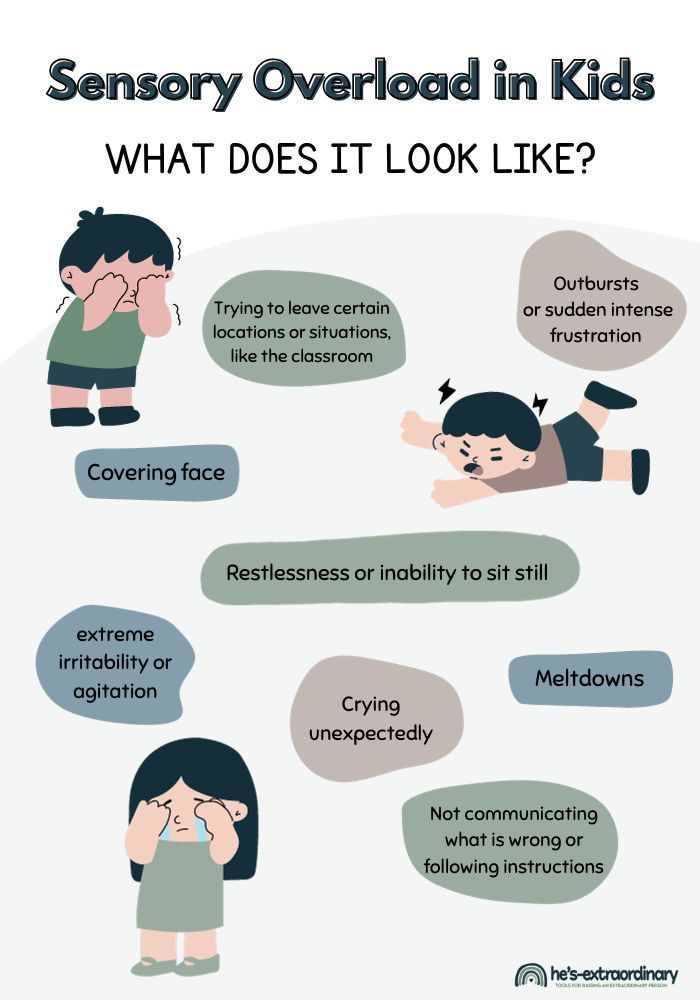
Quick Fixes That Work: Step-by-Step Guide
1. Spot the Signs Early
Look out for common signals like:
- Covering ears or eyes
- Squinting or shielding from bright lights
- Fidgeting excessively or repetitive motions
- Pacing or rocking
- Withdrawal or refusal to participate
- Sudden emotional outbursts like irritability or crying
By spotting these signs early, adults can help kids before they become overloaded to the point of meltdown or shutdown.
2. Calming Corners
A designated calming corner in the classroom should be inviting and easy to access. Equip it with:
- A comfortable chair or beanbag
- Soft lighting or a dimmable lamp to avoid harsh fluorescent glare
- Sensory toys like stress balls, textured cloths, or putty
- Headphones for noise reduction
- Visual cue cards with steps to calm down
This space serves as a non-punitive retreat, giving students control to self-regulate without feeling singled out or isolated harshly.
3. Use Noise-Reducing Strategies
Noise is one of the biggest triggers. Strategies include:
- Providing noise-cancelling headphones for noisy times or testing environments
- Using soft background music or white noise machines to mask disruptive sounds
- Closing windows and doors to reduce external noise
- Applying soft surface materials (like rugs or curtains) to absorb sound
Encourage quieter voices during group work or transitions and use visual or hand signals instead of loud announcements.
4. Make Space and Seating Flexible
Physical positioning matters more than many think. Allow students to:
- Sit near the teacher or calming areas, away from doors, hallways, or noisy equipment
- Use flexible seating options like stability balls, wiggle cushions, or standing desks
- Have a clear personal space boundary to avoid unexpected touch or crowding
- Move quietly within a permitted area when feeling overwhelmed
5. Schedule Sensory Breaks
Short breaks every hour or after demanding tasks are key:
- Stretching or doing wall push-ups
- Walking a short distance
- Using heavy work activities like carrying books or wiping boards
- Relaxation activities in the calming corner
These help reset sensory input and maintain focus and mood over the long school day.
6. Visual Supports and Predictability
Transitions can spiral sensory overload quickly. Visual tools help:
- Visual schedules or timers showing what’s next
- “Now-Next-Then” cards for step clarification
- Picture cue cards reminding kids to use calming strategies or take breaks
Knowing what’s coming reduces anxiety and sensory reactivity.
7. Teach Self-Regulation
Empower students with simple techniques to manage their own sensory experiences:
- Breathing exercises like “bubble breathing” (slow, deep breaths blowing imaginary bubbles)
- Grounding techniques using the five senses: naming 5 things seen, 4 touched, 3 heard, etc.
- Using fidget tools discreetly for calming without distraction
Consistent practice helps these become lifelong coping tools.
8. Communicate and Collaborate
Work as a team:
- Partner with parents and occupational therapists for personalized strategies
- Share plans with all staff involved in the child’s day to keep responses consistent
- Use non-verbal signals for students to request breaks without embarrassment
Regular check-ins help adjust accommodations as needs change.

Sensory Overload: Additional Evidence-Based Strategies to Implement
Establish Sensory-Friendly Routines
Consistency in routines reduces unpredictability. Use calm voices and clear instructions, and prepare students ahead of time for changes. Sensory overload spikes often come from surprise or rapid transitions.
Incorporate Movement and Brain Breaks
Movement helps regulate sensory processing and attention. Brain breaks using jumping jacks, stretching, or yoga poses activate calming body systems. These can boost focus and reduce disruptive behavior.
Use Sensory Tools and Equipment
Introduce weighted lap pads, compression vests, or air-filled seat cushions where appropriate. These deep pressure inputs can soothe the nervous system, supporting regulation without distracting others.
Conduct Regular Sensory Audits
Regularly evaluate classroom noise levels, lighting quality, visual clutter, and traffic flow to identify and reduce triggers. Simple changes like replacing flickering bulbs or decluttering desk areas make a big difference.
Foster Inclusive Classroom Culture
Teach all students about sensory differences to build understanding and peer support. Include activities promoting empathy and acceptance. Peer buddies can offer social support, lowering anxiety and sensory overload risks.
Invest in Teacher Training
Teachers equipped with knowledge about sensory processing are better prepared to support students effectively. Training covers identifying signs, using sensory tools, and working collaboratively with therapy professionals.
Practical Classroom Example
Let’s talk about Lucy, a 9-year-old with sensory processing challenges who struggled with noisy hallways and fluorescent lights. Her teacher created a calming corner with comfy seating and soft lighting. Lucy now uses noise-cancelling headphones during group work, has scheduled sensory breaks for movement and deep pressure tasks like chair push-ups. Visual schedules help her prepare for daily activities and transitions. When Lucy feels overwhelmed, she discreetly signals the teacher for a quick break. This plan, developed with her family and support staff, boosted Lucy’s focus and mood significantly. The classroom environment is calmer and more inclusive for everyone.
Inclusive Physical Education: Games and Adaptations for Mixed-Ability Groups
Dyslexia in the Regular Classroom: How to Adapt Texts and Tests for Success
Managing ADHD in the Classroom: 5 Proven Strategies for Serbian Schools


